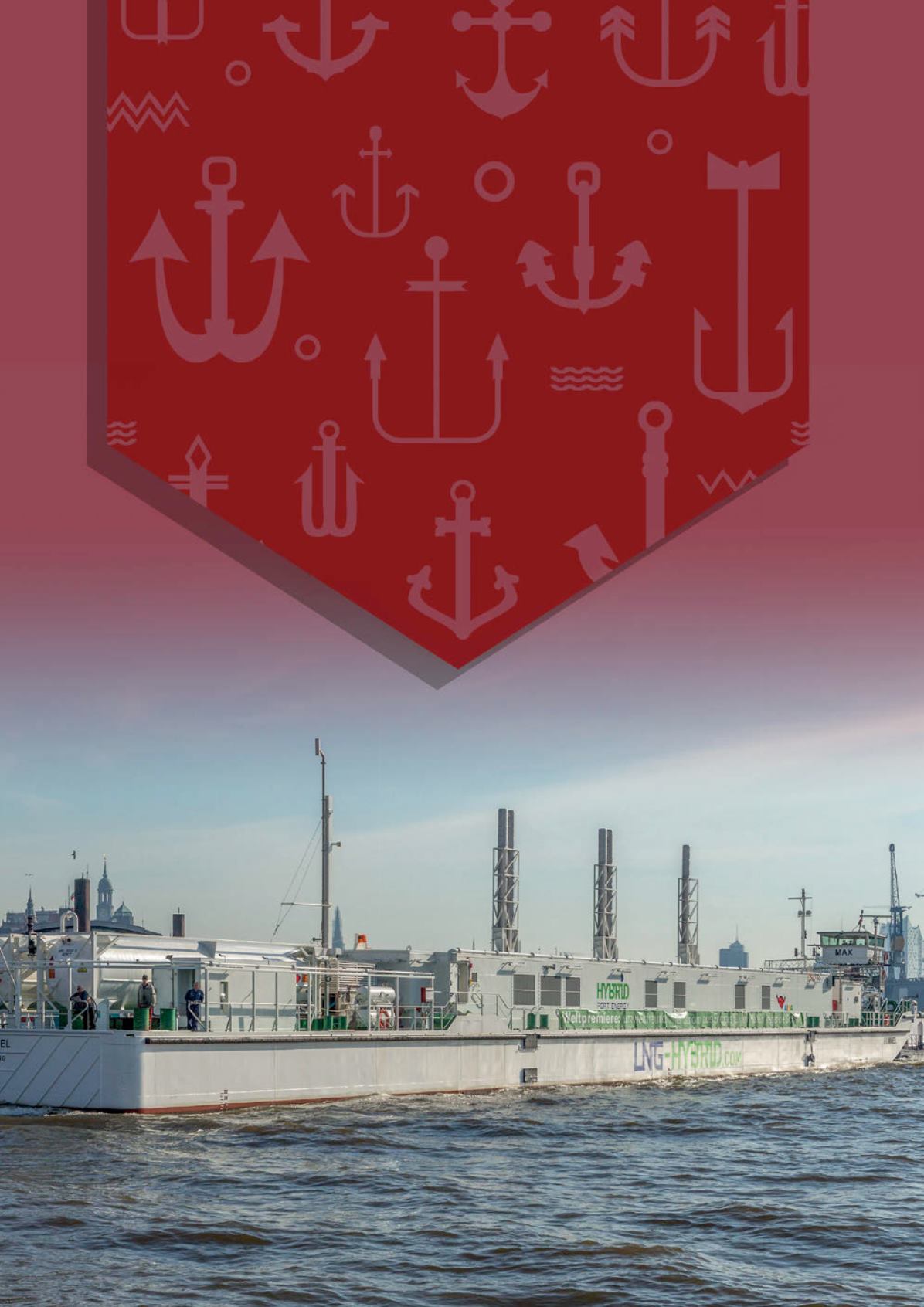
69
A
cruise ship’s power demands are comparable to the power needs of
22 000 households. Power is generated by the ship’s own marine diesel
engines. Cruise terminals located in close proximity to city centres are
particularly attractive and a popular place of call for cruise ships. In the summer
season, there are often multiple cruise ship calls on a single day with an average
layover of 9 hr. For local residents, the vessels are accompanied by harmful
emissions consisting of sulfur, soot particles, NO
X
and CO
2
brought right into the
city, and concentrated over several weeks a year.
Approximately 40% of a cruise ship’s operating time is spent during layovers
at port, with only 60% of operations taking place at sea. Figure 1 divides the total
emissions of a cruise ship at port into the operating states of arrival and departure,
docking and undocking, and the time spent during layover alone. With a 93%
share, layover time clearly stands out. The switchover to a cleaner
power supply sustainably impacts a cruise ship’s overall
level of emissions.
Fuel for the
Christian Becker, Becker Marine Systems, Germany,
introduces
the LNG hybrid barge concept for cruise ship refuelling operations.
JOURNEY
LNG hybrid barge,
Hummel
.


